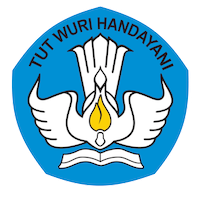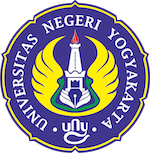Entering the second week of a two-week program titled "(Poly)Crisis, Cross-Cultural Responses & Resilience," a delegation from Western Sydney University (WSU) along with Universitas Negeri Yogyakarta (UNY) visited the Regional Disaster Management Agency (BPBD) of the Special Region of Yogyakarta. The focus of this visit was Sustainable Development Goal (SDG) 13: Disaster Mitigation and Climate Change, highlighting Yogyakarta's efforts in building disaster resilience.
BPBD DIY presented their innovative approach to disaster management, covering pre-disaster, during disaster, and post-disaster phases. Though known as a "disaster pool" due to its vulnerability to earthquakes, floods, and volcanic eruptions, Yogyakarta has transformed these challenges into strengths through a resilience mindset. One idea that captured the delegation's attention was disaster preparedness training for school children, from kindergarten and elementary school to high school, including special needs schools. "The key to reducing victims is the ability to save yourself," stated a BPBD representative. This program trains children to know the appropriate steps to take when disasters occur.
BPBD also shared their experience of post-earthquake recovery in 2006, when Yogyakarta managed to bounce back within just two years. Lessons from this event prompted BPBD to implement disaster mitigation in every region, an approach that has received international recognition, even leading to invitations abroad to share their ideas.
The WSU and UNY delegation was invited to visit BPBD's logistics warehouse, which stores complete equipment such as inflatable boats, nets, boots, food, and emergency toiletries. These supplies are prepared for distribution during the "golden time" or critical hours before government aid arrives. The completeness of these facilities impressed the delegation with BPBD's readiness.
Furthermore, the delegates also observed BPBD's monitoring office equipped with giant evacuation tents. Inside, there were computers and large TV screens displaying real-time data on earthquakes, volcanic activity, water discharge, and air quality. This system allows BPBD to provide early warnings to communities through various media including websites, social media, WhatsApp, radio, and others, which also enables residents to report incidents directly. This facilitates easier cooperation with volunteers, and BPBD can respond quickly and send aid to disaster locations.
This visit provided new insights for the WSU and UNY delegation. They learned that Yogyakarta experiences earthquakes 3-6 times daily, both felt and unfelt. BPBD's approach not only prepares the community technically but also builds mental readiness to face disasters. "This visit truly opened our perspective. We learned that disaster resilience is not just about technology, but also preparedness of mind and heart," said one WSU delegate.
This program serves as evidence that cross-cultural collaboration, such as between WSU and UNY, can yield valuable learning about resilience and responses to crises. The visit is expected to strengthen cooperation between both universities in supporting the building of a more resilient future.
Translator
International Office







